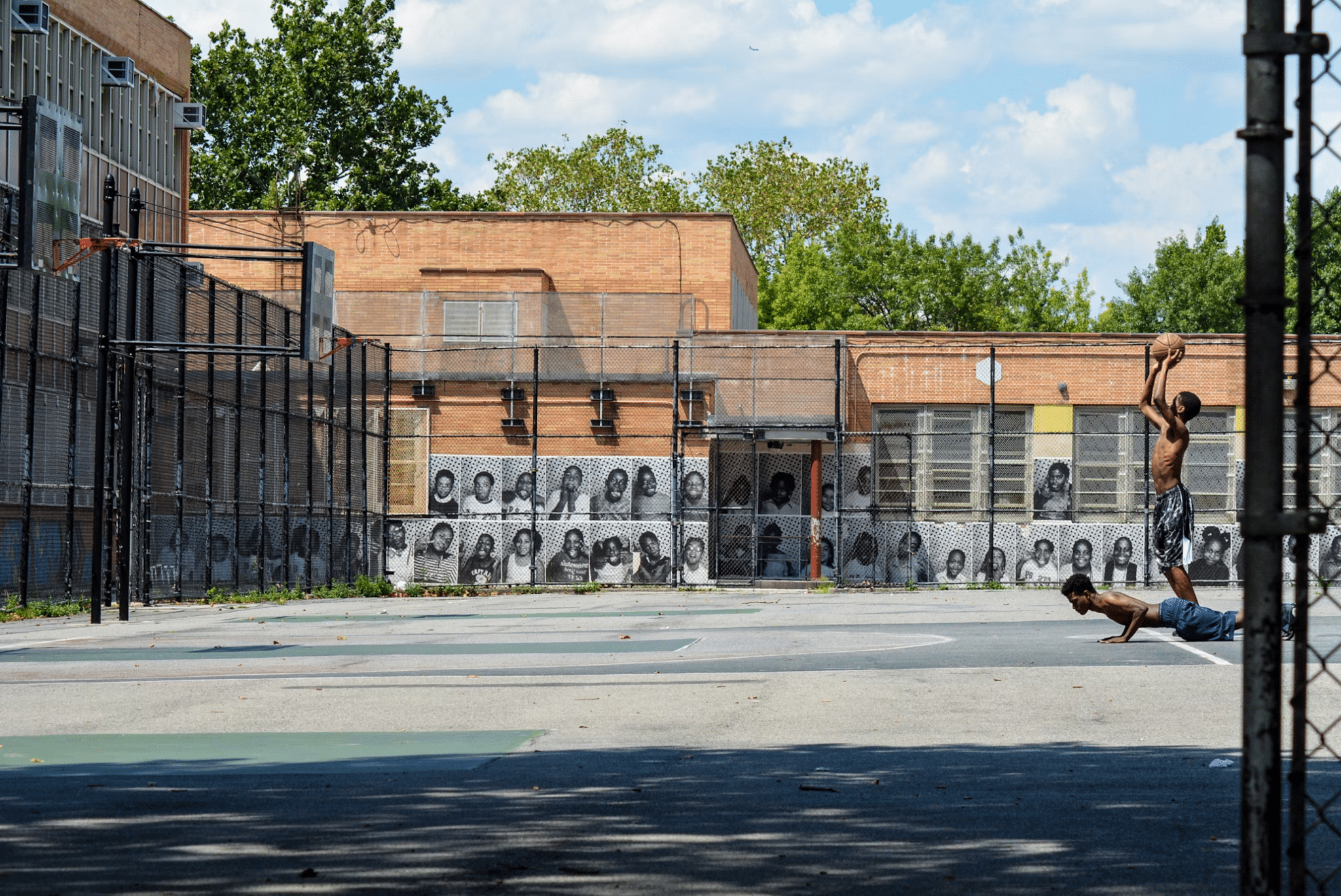
8 Steps on How to Have the Physique of a Pro NBA Player
In sports, few athletes epitomize athleticism and physical prowess like basketball players. Their lean, muscular physiques, characterized by explosive power, agility, and endurance, are a testament to years of dedicated training and conditioning.
Understanding the critical steps to achieving this physique is crucial if you want to have the physique of an NBA player. That said, let’s delve into the eight essential steps that will help you unlock the athletic physique of a basketball player.
Before embarking on your journey to sculpting the physique of a basketball player, it's essential to establish clear and realistic fitness goals. Determine what aspects of a basketball player's physique you aim to develop, whether it's explosive power, lean muscle mass, agility, or cardiovascular endurance.
Setting specific achievable, relevant, and time-bound (SMART) goals will give you a roadmap to success and motivate you throughout your journey. It would also be extra helpful if you try to copy the physique of your favorite NBA player so you have a clear goal towards their kind of physique.
Strength forms the foundation of a basketball player's physique, enabling them to execute powerful dunks, outmuscle opponents, and endure the game's physical demands. Incorporate a well-rounded strength training program that targets all major muscle groups, including the legs, core, arms, chest, and back.
Focus on compound exercises such as squats, deadlifts, bench presses, rows, and overhead presses to build functional strength and power. Aim for moderate to heavy weights and higher repetitions to stimulate muscle growth and enhance muscular endurance.
Plyometric training is essential for developing explosive power, agility, and quickness—qualities integral to basketball court success. Incorporate plyometric exercises such as box jumps, jump squats, depth jumps, and medicine ball throws into your workout routine. These high-intensity movements enhance your ability to generate force rapidly, allowing you to jump higher, sprint faster, and change direction with precision during games.
The primary goal of plyometric training is to enhance the neuromuscular system's ability to generate maximal force in the shortest time. This is achieved through a series of high-intensity movements that require the muscles to rapidly switch from an eccentric (lengthening) to a concentric (shortening) contraction. By training the body to efficiently utilize the stretch reflex, plyometrics can improve athletic performance in activities requiring explosive power, such as sprinting, jumping, and changing direction.
Basketball is a physically demanding sport that requires exceptional cardiovascular endurance to sustain high-intensity efforts throughout the game. Cardiovascular training for NBA players is crucial for maintaining the high endurance required to excel in this fast-paced, physically demanding game. NBA players need exceptional cardiovascular fitness to sustain prolonged periods of intense activity, including running, jumping, and rapid direction changes.
Incorporate cardiovascular exercises such as running, cycling, swimming, or high-intensity interval training (HIIT) to improve your aerobic capacity and stamina. Consistent cardiovascular conditioning enhances your performance on the court and accelerates recovery between intense bouts of activity.
Flexibility and mobility are integral to an NBA player's performance and well-being. These attributes directly enhance athletic performance and reduce the risk of injuries. Improved flexibility allows players to achieve a broader range of motion, which is crucial for executing complex movements like shooting, dribbling, and defensive maneuvers.
Moreover, greater flexibility and mobility translate to enhanced agility, quickness, and optimal jumping mechanics, vital for maneuvering on the court and competing at the highest level. On the preventative side, maintaining flexibility helps mitigate the risk of muscle strains, tears, and overuse injuries, everyday occurrences in the physically demanding sport of basketball.
To truly emulate the physique of a basketball player, integrate basketball-specific drills into your training regimen. Basketball-specific drills are tailored exercises designed to enhance the skills and athleticism necessary for success in professional basketball. These drills encompass various areas crucial to the game, including shooting, ball handling, defense, agility, and conditioning.
Players engage in spot-shooting drills for shooting, moving around the court to replicate various in-game scenarios. Additionally, they practice shooting off the dribble and catching and shooting quickly to simulate real-time game situations. If you’re constantly looking up NBA Betting Tips, you know that individual player stats are essential to win bets.
Of course, these stats include shooting rate, field goals, etc. The stats would only go up if the players are always doing basketball-specific drills to keep their bodies adapting to these tasks; hence, incorporating basketball-specific drills is crucial if you want to have the physique and endurance of an NBA player.
Nutrition plays a pivotal role in achieving and maintaining the physique of a basketball player. Stuff your body with a balanced diet rich in complex carbohydrates, lean proteins, healthy fats, vitamins, and minerals. Prioritize whole foods such as lean meats, fish, fruits, vegetables, whole grains, and nuts to support muscle growth, repair, and recovery. Stay adequately hydrated by drinking plenty of water throughout the day, especially before, during, and after workouts.
Rest are integral components of any effective training program. Let your body ample rest and recuperate between routines to promote muscle repair and growth. Go for at least 7 hours of sleep each night to optimize recovery, hormone balance, and overall well-being. Incorporate active recovery strategies such as foam rolling, yoga, and gentle stretching to alleviate muscle soreness and enhance flexibility.
Achieving the athletic physique of a basketball player requires a holistic approach that encompasses strength training, plyometrics, cardiovascular conditioning, flexibility, nutrition, rest, and consistency. Following these eight essential steps and staying committed to your goals, you can unlock your full potential and transform your body into a reflection of the athleticism and power synonymous with basketball players. So, lace up your sneakers, hit the gym, and embark on the journey to sculpting your physique like a true basketball pro.